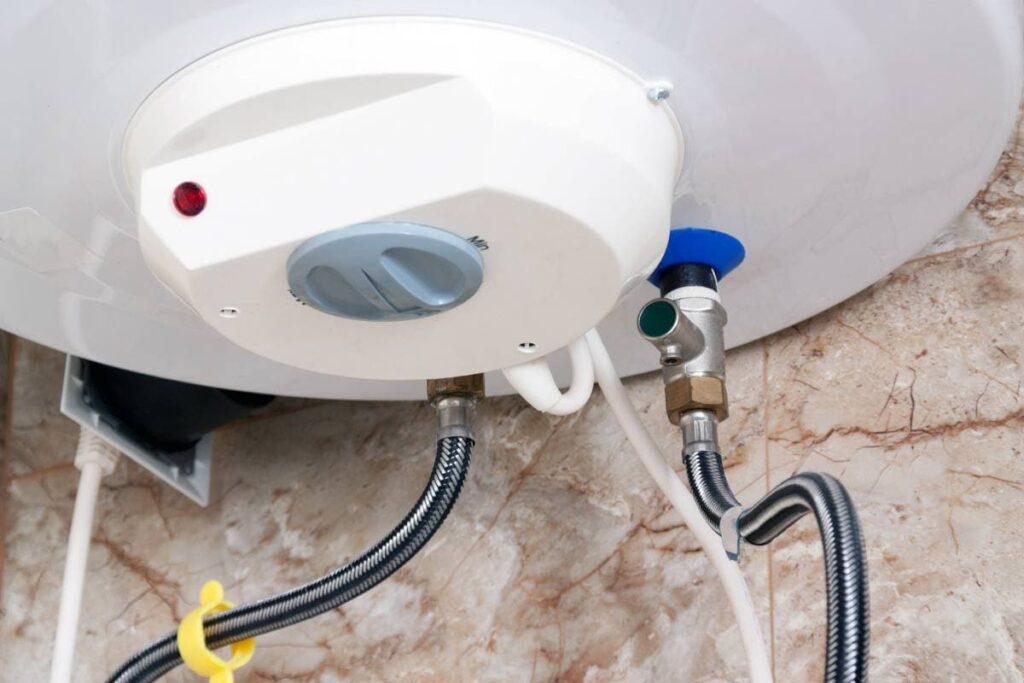How to Properly Maintain Your Home's Hot Water System
How to Properly Maintain Your Home's Hot Water System
Blog Article
Just how do you feel when it comes to Water Heater Maintenance Tips You Can't Afford to Forget?

Hot water is important for daily convenience, whether it's for a refreshing shower or washing recipes. To ensure your warm water system runs successfully and lasts longer, routine upkeep is vital. This article gives functional tips and understandings on exactly how to maintain your home's warm water system to avoid disruptions and pricey repair work.
Introduction
Maintaining your home's warm water system might appear complicated, however with a couple of simple actions, you can guarantee it runs smoothly for many years to find. This guide covers whatever from understanding your warm water system to DIY maintenance tips and understanding when to hire specialist assistance.
Importance of Preserving Your Warm Water System
Routine upkeep not only extends the life expectancy of your warm water system however additionally ensures it operates successfully. Overlooking maintenance can result in lowered efficiency, higher power bills, and even premature failing of the system.
Signs Your Hot Water System Requirements Upkeep
Knowing when your warm water system needs attention can avoid significant concerns. Look out for indications such as irregular water temperature level, strange sounds from the heating system, or corroded water.
Recognizing Your Warm Water System
Before diving into maintenance jobs, it's helpful to comprehend the fundamental parts of your warm water system. Typically, this includes the water heater itself, pipes, anode rods, and temperature controls.
Monthly Maintenance Tasks
Normal month-to-month checks can help catch minor concerns prior to they escalate.
Flushing the Hot Water Heater
Purging your hot water heater removes sediment accumulation, enhancing performance and lengthening its life.
Checking and Replacing Anode Rods
Anode rods avoid rust inside the storage tank. Evaluating and changing them when broken is important.
Checking and Changing Temperature Level Settings
Changing the temperature settings makes sure optimum efficiency and safety.
Do It Yourself Tips for Maintenance
You can do a number of upkeep jobs on your own to maintain your hot water system in top condition.
Looking for Leakages
Regularly inspect pipelines and links for leakages, as these can cause water damage and higher expenses.
Evaluating Pressure Alleviation Valves
Examining the stress relief valve ensures it works correctly and prevents too much stress accumulation.
Protecting Pipes
Shielding warm water pipelines minimizes heat loss and can save power.
When to Call a Specialist
While do it yourself maintenance is useful, some concerns require expert experience.
Complex Problems Calling For Expert Assistance
Examples consist of major leaks, electric issues, or if your water heater is consistently underperforming.
Regular Professional Maintenance Perks
Specialist upkeep can include complete assessments, tune-ups, and guaranteeing conformity with security criteria.
Final thought
Normal maintenance of your home's warm water system is essential for performance, longevity, and price savings. By complying with these tips and recognizing when to seek professional aid, you can guarantee a dependable supply of hot water without unexpected disruptions.
How to Maintain an Instant Hot Water Heater
Before tinkering with your hot water heater, make sure that it’s not powered on. You also have to turn off the main circuit breaker and shut off the main gas line to prevent accidents. Also turn off the water valves connected to your unit to prevent water from flowing into and out of the appliance. 2. When you’re done, you have to detach the purge valves’ caps. These look like the letter “T†and are situated on either side of the water valves. Doing so will release any pressure that has accumulated inside the valves while at the same time avoid hot water from shooting out and burning your skin. 3. When the purge valves’ caps are removed, you have to connect your hosing lines to the valves. Your unit should have come with three hoses but if it didn’t, you can purchase these things from any hardware or home repair shops. You can also get them from retail stores that sell water heating systems. Read the user’s manual and follow it to complete this task properly. When the hosing lines are connected, open the purge port’s valves. 4. You should never use harsh chemical cleaners or solutions when cleaning your unit. Make use of white vinegar instead. It should be undiluted and you’ll probably use about 2 gallons. 5. Now flush your water heater. This task should probably take about 40 minutes. We can’t give you specific directions for this because the procedure is carried out depending on the type, model and brand of your heater. With that being said, refer to the user’s manual. 6. When you’re done draining the unit, you have to turn off the purge port valves again. Remove the hosing lines that you earlier installed on each of the water valves. Put the valve caps (purge port) back in their respective places and be very careful so as not to damage the rubber discs that are found inside these caps. 7. Now that everything’s back in place, check your user’s manual again to find out how to reactivate your water heating system. 8. Once it is working, turn one of your hot water faucets on just to let air pass through the heater’s water supply pipes. Leave the tap on until water flows smoothly out of it. https://www.orrplumbing.com/blog/2014/september/how-to-maintain-an-instant-hot-water-heater/

I was brought to that write-up about What Kind of Maintenance Do Water Heaters Need? through a good friend on another web address. Loved our blog? Please quickly share it. Help others discover it. We cherish reading our article about What Kind of Maintenance Do Water Heaters Need?.
Call Today Report this page